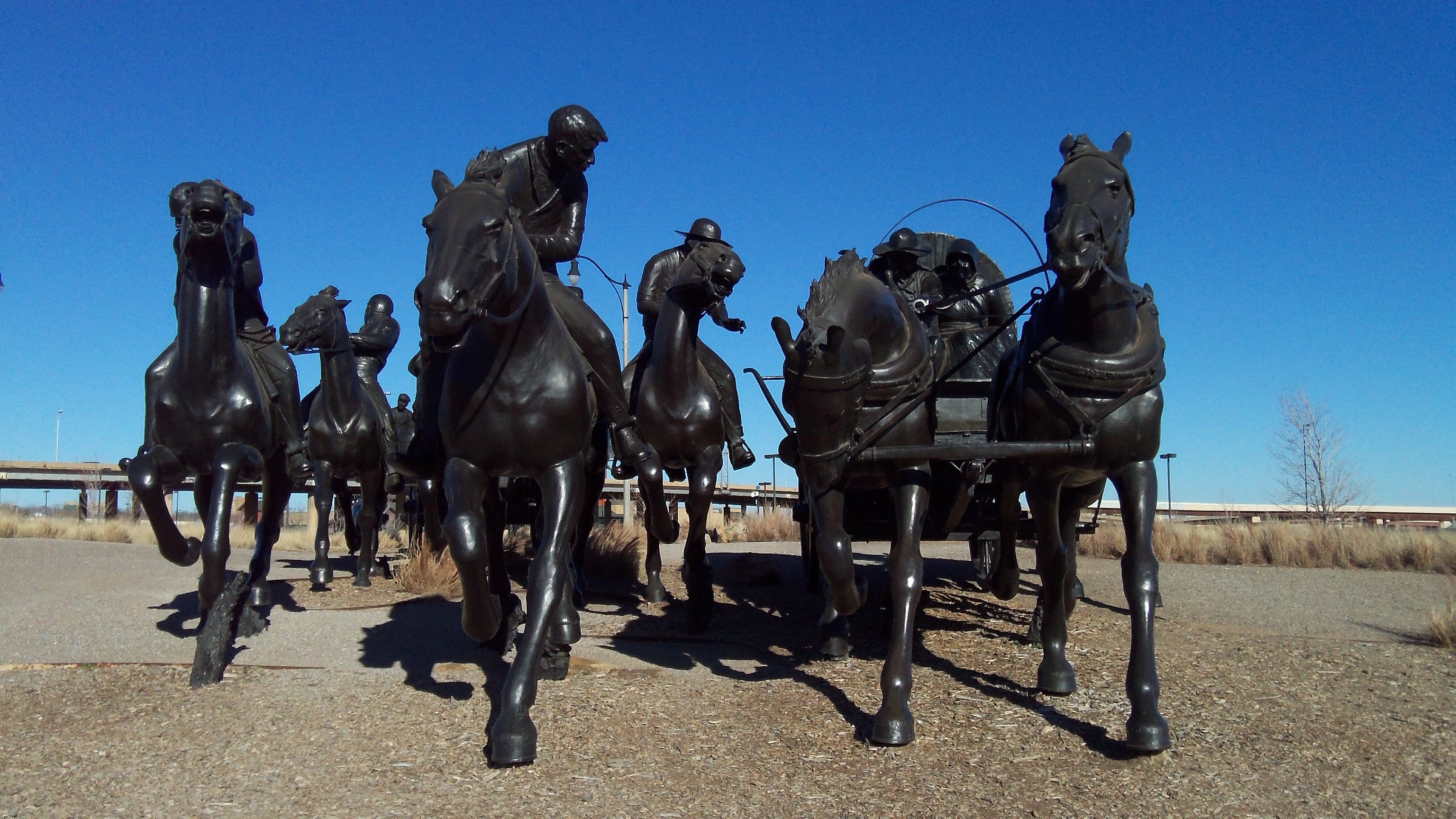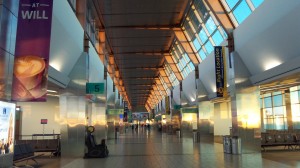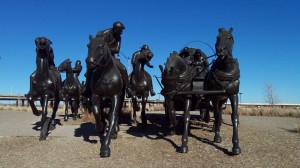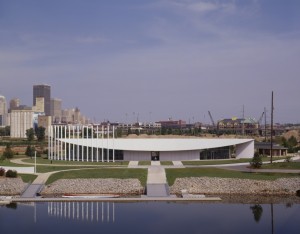
K/O Travelogue – Architecture and Planning
From the “We get to work in the best places” annals – Oklahoma City Chapter.
On a recent trip to good old Oklahoma City, Oklahoma as Fairground Architects we were impressed, to say the least! I guess we have not been to Oklahoma City in a long time (probably about 10+ years). We’re glad to be back!
That town has grown up! They have baseball, basketball, hockey, great college sports – you name it. And man do they have art and architecture. If you want cool modern architecture look up the Chesapeake Boathouse by Rand Elliot. Cool is an understatement in fact check out his website, as his aesthetic pretty much defines contextual Midwest place making at its highest level (ok, Oklahoma is not technically in the Midwest, but it’s only one state off, and they basically have the same value structure as us Midwesterners – so for this blog we’ll go with that). We were also impressed by the art scene as well, and specifically one larger than life sculpture titled “Land Rush” located in “Bricktown”.
Once a busy warehouse district, Bricktown is Oklahoma City’s hottest entertainment and dining area, with numerous restaurants, nightclubs, and shops. Other attractions include the Bricktown Ballpark, (home to the Oklahoma RedHawks Triple AAA baseball team), horse-drawn carriage rides, the Spirit of Oklahoma Trolley, and water taxi boat tours on the Bricktown Canal.
Bricktown brims with public art including sculpture, murals and even performance art. In celebration of the historic land rush of 1889 and in conjunction with the 100th Anniversary of statehood, renowned sculptor Paul Moore created a dynamic outdoor public art piece that reenacts the land run that opened Oklahoma for settlement. Moore’s “two times” life size sculptures commemorate the spirit and determination of those men and women who rode in Oklahoma’s five land runs. The work of art is one of the world’s largest bronze sculptures. The installation includes 38 people, 34 horses, 3 wagons, and many other equally impressive bronze creations.
History: The Oklahoma Land Rush of 1889 was the first land run into the “Unassigned Lands” and included all or part of the 2005 modern day Oklahoma counties – Canadian, Cleveland, Kingfisher, Logan, Oklahoma, and Payne. The land run started at high noon on April 22, 1889, with an estimated 50,000 people lined up for their piece of the available …get this, two million acres! By the end of the day (April 22, 1889), both Oklahoma City and Guthrie had established cities of around 10,000 people in literally half a day.
As Harper’s Weekly put it: At twelve o’clock on Monday, April 22d, the resident population of Guthrie was nothing; before sundown it was at least ten thousand. In that time streets had been laid out, town lots staked off, and steps taken toward the formation of a municipal government.”
Many settlers immediately started improving their new land or stood in line waiting to file their claim. By the second week, schools had opened and were being taught by volunteers until regular school districts could be established. Within one month, Oklahoma City had five banks and six newspapers.
Interesting Fact: A number of the individuals who participated in the run entered early and hid out until the legal time of entry to lay quick claim to some of the most choice homesteads. These people came to be identified as “sooners.” This led to hundreds of legal contests that arose and were decided first at local land offices and eventually by the U.S. Department of the Interior. Arguments included what constituted the “legal time of entry”. This is also what you’re known as if you’re an attendee or alum from the University of Oklahoma – given the history, I’m not sure I would want to be known as a Sooner (we can poke fun, we’re all Iowa State University graduates up here, that’s another Blog entry someday).




